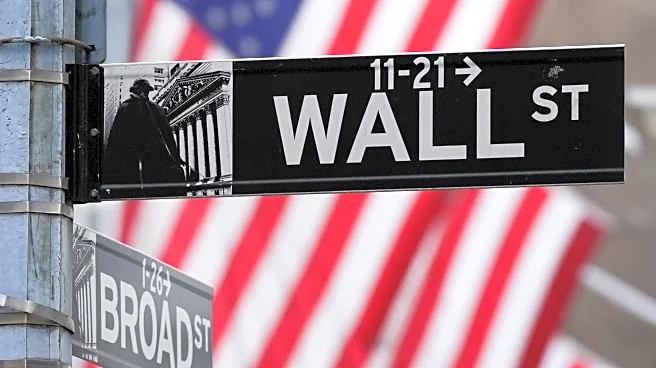What's Happening?
Gold prices fell over 2% after reaching a record high, following comments by President Trump that eased fears of an escalating trade war with China. Spot gold dropped to a low of $4,220.10 per ounce, while US gold futures also saw a significant decline.
Despite the drop, gold remains up 8% for the week, driven by geopolitical tensions and expectations of US interest rate cuts. The market's reaction highlights the sensitivity of gold prices to geopolitical developments and economic policies.
Why It's Important?
The fluctuation in gold prices underscores the impact of geopolitical tensions and trade policies on global markets. Gold is often seen as a safe-haven asset during times of uncertainty, and its price movements can reflect broader economic sentiments. The decline following President Trump's comments suggests a temporary easing of trade tensions, which could influence investor confidence and market stability. The situation also highlights the interconnectedness of global economies and the potential ripple effects of U.S. policy decisions.
What's Next?
Investors will be closely monitoring upcoming U.S. Federal Reserve meetings for potential interest rate cuts, which could further influence gold prices. The ongoing trade negotiations between the U.S. and China will also be a key factor in determining market trends. Analysts predict that gold could reach new highs if geopolitical tensions persist or if economic conditions worsen.
Beyond the Headlines
The situation raises questions about the long-term sustainability of relying on gold as a hedge against economic uncertainty. It also highlights the role of central banks and government policies in shaping market dynamics and the importance of strategic diversification in investment portfolios.















